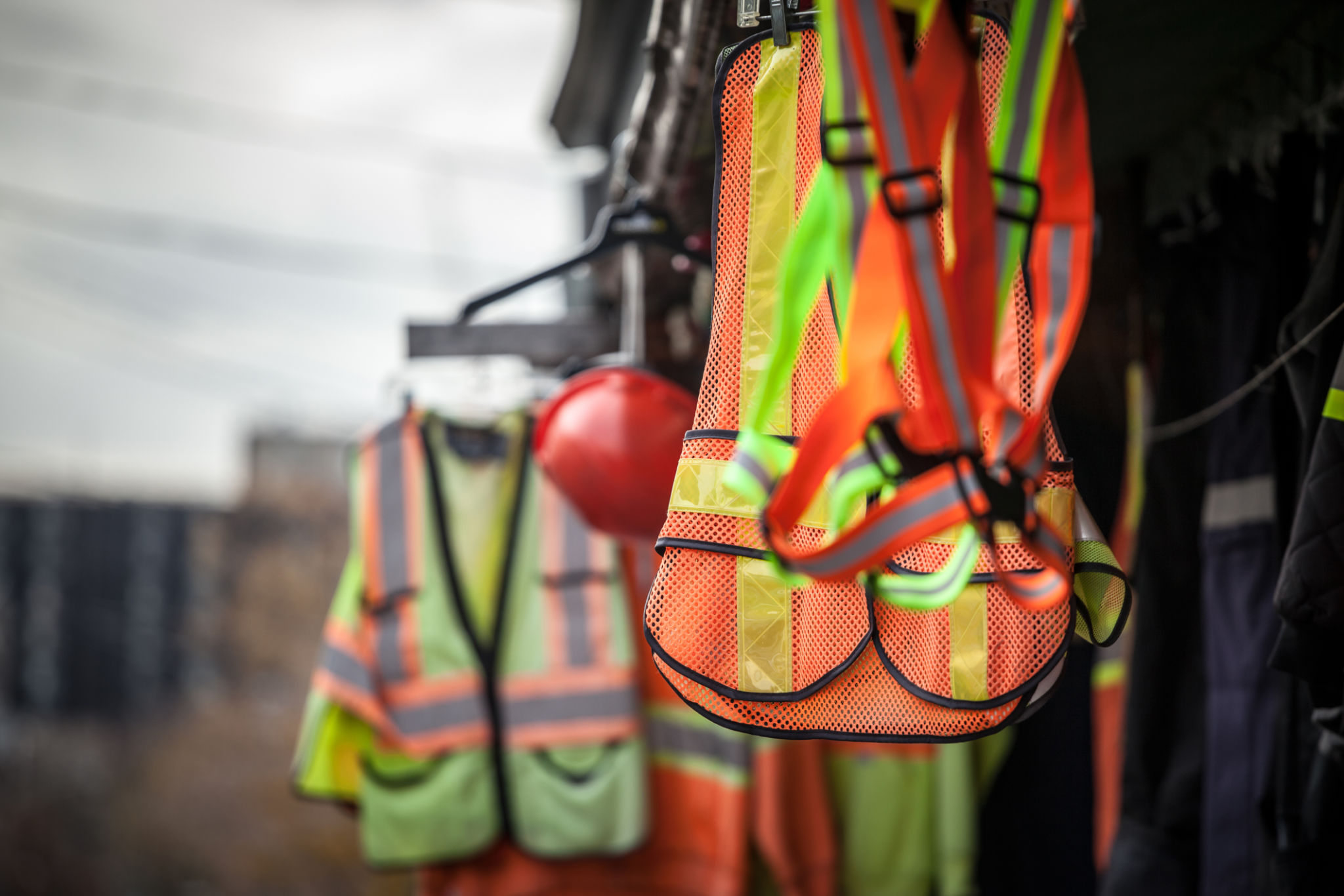Expert Tips for Maintaining Scaffolding Equipment in Regional Australia
Understanding the Importance of Scaffolding Maintenance
In regional Australia, scaffolding equipment is a crucial component in the construction and maintenance industries. Proper maintenance of scaffolding not only ensures the safety of workers but also enhances the longevity and efficiency of the equipment. It is essential to prioritize regular inspections and upkeep to prevent costly repairs and accidents.
Scaffolding maintenance involves a series of checks and procedures that should be meticulously followed to maintain the structural integrity of the equipment. This includes cleaning, inspecting for damage, and ensuring all components are in working order. By implementing a comprehensive maintenance plan, businesses can maximize their investment and maintain a safe work environment.

Conducting Regular Inspections
Regular inspections are vital to keeping scaffolding equipment in optimal condition. It is recommended to conduct inspections before each use and periodically throughout the project. During these inspections, look for signs of wear and tear, such as rust, cracks, or bends in the metal components. Additionally, check for loose connections or missing parts that could compromise stability.
Employing a checklist can streamline the inspection process, ensuring no detail is overlooked. A thorough inspection not only identifies potential hazards but also helps in planning for timely repairs or replacements, reducing downtime and enhancing productivity.

Cleaning and Storage Practices
Proper cleaning and storage of scaffolding equipment play a significant role in maintaining its condition. After use, scaffolding should be cleaned to remove any dirt, debris, or chemicals that may have accumulated. Use appropriate cleaning solutions that do not damage the metal or affect the structural integrity of the scaffolding.
When not in use, store scaffolding in a dry, sheltered area to protect it from harsh weather conditions common in regional Australia. Proper storage prevents rust and corrosion, which can weaken the equipment over time.

Training and Safety Protocols
Ensuring that all personnel involved in scaffolding operations are adequately trained is crucial for both safety and maintenance. Training programs should cover proper assembly, use, and disassembly procedures, as well as emergency protocols and maintenance checks. An informed workforce is more likely to identify potential issues before they become serious problems.
Implementing strict safety protocols is equally important. These protocols should include guidelines for weight limits, safe working heights, and personal protective equipment (PPE) requirements. Regular safety drills can reinforce these practices, ensuring everyone is prepared in case of an emergency.
Partnering with Professional Services
While many maintenance tasks can be handled in-house, partnering with professional services can provide additional expertise and resources. Professional scaffolding services offer comprehensive inspections, repairs, and maintenance plans tailored to specific needs. This partnership can be invaluable in maintaining compliance with industry standards and regulations.
By engaging professionals, businesses can ensure that their scaffolding is maintained to the highest standards, reducing liability risks and enhancing overall safety on site.

Utilizing Modern Technology
Modern technology offers innovative solutions for scaffolding maintenance. Digital inspection tools and software can streamline the maintenance process, providing detailed reports and alerts for upcoming inspections or repairs. These tools can significantly reduce human error and improve accuracy in monitoring the condition of the equipment.
Adopting such technology not only supports maintenance efforts but also enhances record-keeping and compliance with regulatory requirements. It enables businesses to make informed decisions about repairs or replacements based on real-time data.

Conclusion: Prioritizing Safety and Efficiency
Maintaining scaffolding equipment in regional Australia requires a proactive approach focusing on regular inspections, proper cleaning, adequate training, and leveraging professional services. By adhering to these expert tips, businesses can ensure the safety of their workers while maximizing the lifespan and efficiency of their scaffolding equipment.
Investing time and resources into diligent maintenance practices not only prevents accidents but also contributes to sustainable business operations in the construction industry. In an ever-evolving field, staying ahead with reliable maintenance strategies is key to success.
